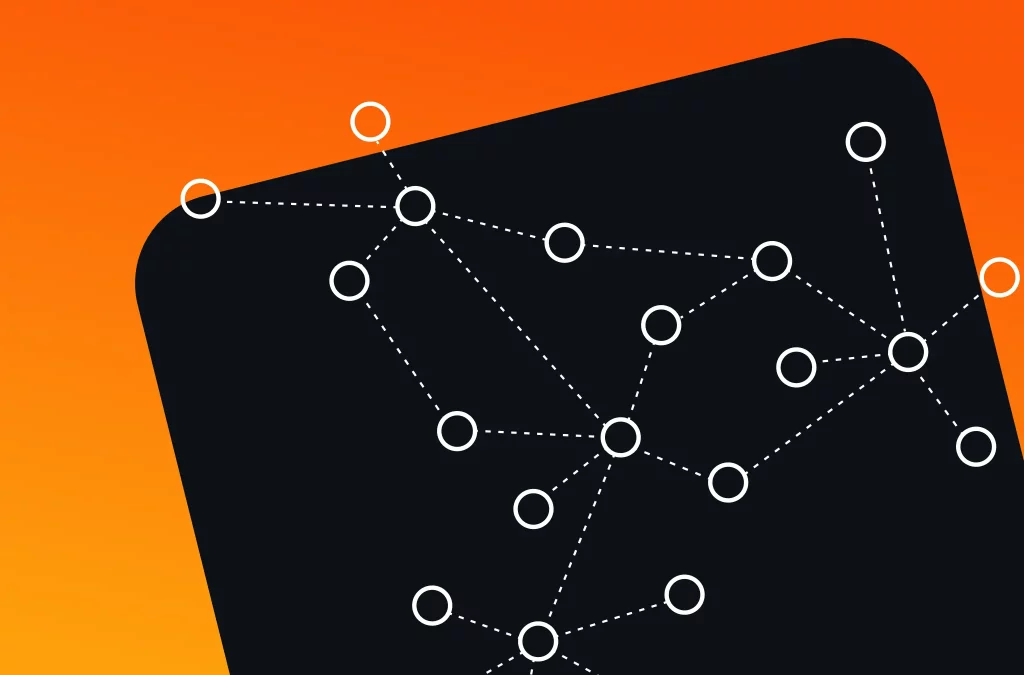Introduction
Blockchain technology has taken the world by storm over the past decade, reshaping industries and creating new opportunities for innovation. At the core of this disruptive technology is a concept that may initially seem paradoxical to many: decentralization. What does it mean for a system or a network to be decentralized? And why is decentralization such a fundamental feature of blockchain technology?
This article will explore the concept of decentralization, explain its significance within the realm of blockchain, and look at how this core attribute distinguishes blockchain from traditional centralized systems. We will also examine the implications of decentralization for various industries, including finance, healthcare, and governance, as well as some challenges that come with decentralizing complex systems.
Section 1: The Basics of Blockchain
To understand decentralization, we first need to take a step back and examine blockchain technology itself. Blockchain is, at its core, a distributed ledger or database that is shared across a network of computers. Instead of relying on a single central authority, the blockchain allows multiple participants to maintain and update the ledger collaboratively, ensuring that no one party has control over the entire system.
- Distributed Ledger Technology (DLT): At the heart of blockchain is the idea of a distributed ledger. Each participant on the network holds a copy of the same database, and any updates to the database require consensus from a majority of participants.
- Immutability: Once data is added to a blockchain, it cannot be altered or deleted. This creates a permanent record of all transactions or data entries, making blockchain a powerful tool for ensuring transparency and trust.
- Cryptographic Security: Blockchain uses advanced cryptography to secure transactions. This prevents unauthorized access, tampering, or fraud, further enhancing the trust and security of the system.
Section 2: What Does Decentralization Mean?
In traditional centralized systems, one entity (e.g., a government, corporation, or individual) controls the flow of information, assets, or services. In contrast, decentralization involves distributing authority and control across a network of participants, where no single entity has complete power over the system. In blockchain, decentralization refers to the way in which data is stored, validated, and updated across a distributed network.
Key Features of Decentralization in Blockchain:
- Peer-to-Peer Network: Blockchain operates on a peer-to-peer (P2P) network, meaning that every participant has equal standing. Unlike centralized systems where a single server or entity processes transactions, in blockchain, all participants (also called nodes) collaborate to validate transactions and maintain the network.
- No Central Authority: Unlike traditional financial systems, where a central bank or payment processor acts as the intermediary, blockchain removes the need for a trusted third party. Instead, consensus mechanisms, such as Proof of Work (PoW) or Proof of Stake (PoS), ensure that transactions are legitimate without requiring an intermediary.
- Autonomy and Trust: Decentralization allows individuals to interact with the network directly without relying on a centralized authority. Trust is placed in the algorithm and the network, rather than a central party. This creates a new level of transparency, accountability, and trustworthiness.
Section 3: How Does Decentralization Work in Practice?
Decentralization isn’t just a theoretical concept—it operates in practice through specific mechanisms within the blockchain.
Consensus Mechanisms
One of the key methods through which decentralization is achieved in blockchain is the use of consensus mechanisms. These mechanisms allow participants in a decentralized network to agree on the validity of transactions without the need for a central authority.
- Proof of Work (PoW): This is the mechanism used by Bitcoin and some other blockchains. It requires participants (miners) to solve complex mathematical puzzles in order to validate transactions and add blocks to the chain. This process requires significant computational power, making it costly and difficult for a single entity to control the network.
- Proof of Stake (PoS): PoS is another popular consensus mechanism used by Ethereum 2.0 and other blockchains. In PoS, validators (those who validate transactions) are chosen based on the amount of cryptocurrency they hold and are willing to “stake” as collateral. The more they stake, the higher their chance of being selected to validate a new block.
- Delegated Proof of Stake (DPoS): DPoS is an improvement on PoS, where stakeholders vote for delegates who are responsible for validating transactions. DPoS aims to improve scalability and reduce centralization by allowing a smaller group of trusted delegates to perform validation on behalf of the network.
Smart Contracts: Decentralization Through Code
Smart contracts are self-executing contracts with the terms of the agreement directly written into code. They run on blockchain networks like Ethereum and operate autonomously, without requiring intermediaries. These smart contracts help enforce the rules and agreements between parties and can be triggered automatically when predefined conditions are met. By utilizing smart contracts, blockchain platforms enable decentralized applications (dApps) that run on the blockchain without the need for a central authority or service provider.

Section 4: Why Is Decentralization Important?
Now that we have a foundational understanding of what decentralization is and how it works in blockchain, we need to explore why decentralization is such an essential feature.
1. Reducing Trust in Third Parties
One of the primary advantages of decentralization is that it eliminates the need for trusted intermediaries. In traditional systems, we rely on banks, governments, and other centralized entities to validate and authorize transactions. However, these entities can be subject to corruption, manipulation, or failure. Decentralization reduces this risk by distributing control across a network of nodes.
2. Enhancing Security and Resilience
Centralized systems are vulnerable to single points of failure. If a central authority is compromised—whether through a cyberattack, fraud, or technical failure—the entire system can collapse. In contrast, decentralized systems are more robust. Even if a portion of the network is attacked or fails, the rest of the network continues to function normally, ensuring resilience and security.
3. Empowering Individuals and Communities
Decentralization puts control back into the hands of individuals. It allows anyone with the necessary technology to participate in the network, regardless of their geographic location, socio-economic status, or access to centralized services. This is particularly powerful in regions where traditional banking infrastructure is lacking, or where people are excluded from financial systems due to political or economic reasons.
4. Promoting Transparency and Accountability
Decentralized blockchain networks are transparent by design. Every participant in the network has access to the entire history of transactions, and all updates are public and immutable. This transparency fosters trust and accountability, ensuring that no participant can alter the data without being detected.
Section 5: The Implications of Decentralization in Various Industries
The decentralized nature of blockchain has profound implications for various industries. In this section, we will explore how decentralization is impacting several key sectors.
1. Finance: Revolutionizing Traditional Banking
Decentralization is perhaps most prominently seen in the financial sector, where blockchain has given rise to decentralized finance (DeFi). DeFi refers to a set of financial services that are built on blockchain platforms, removing traditional intermediaries like banks, lenders, and payment processors. Through decentralized protocols, individuals can lend, borrow, trade, and earn interest on their assets, all without relying on a centralized financial institution.
2. Healthcare: Protecting Patient Data
In healthcare, decentralization offers significant benefits in terms of patient data management. Blockchain can help ensure that patient records are securely stored, with only authorized individuals or healthcare providers able to access them. Additionally, it provides patients with greater control over their data, enabling them to share medical records across different institutions without the need for intermediaries.
3. Supply Chain: Enhancing Transparency and Efficiency
Blockchain can improve transparency and efficiency in supply chain management. By decentralizing the tracking of goods from origin to destination, blockchain ensures that all parties in the supply chain have access to real-time, immutable data. This enhances trust among participants and reduces the risk of fraud, errors, and inefficiencies.
Conclusion
Decentralization is a foundational principle of blockchain technology, one that brings about a paradigm shift in how we view trust, control, and governance. By removing the need for central authorities and intermediaries, blockchain empowers individuals, enhances security, and creates opportunities for innovation across industries. While challenges remain, the potential for decentralization to revolutionize the world is undeniable.

















































